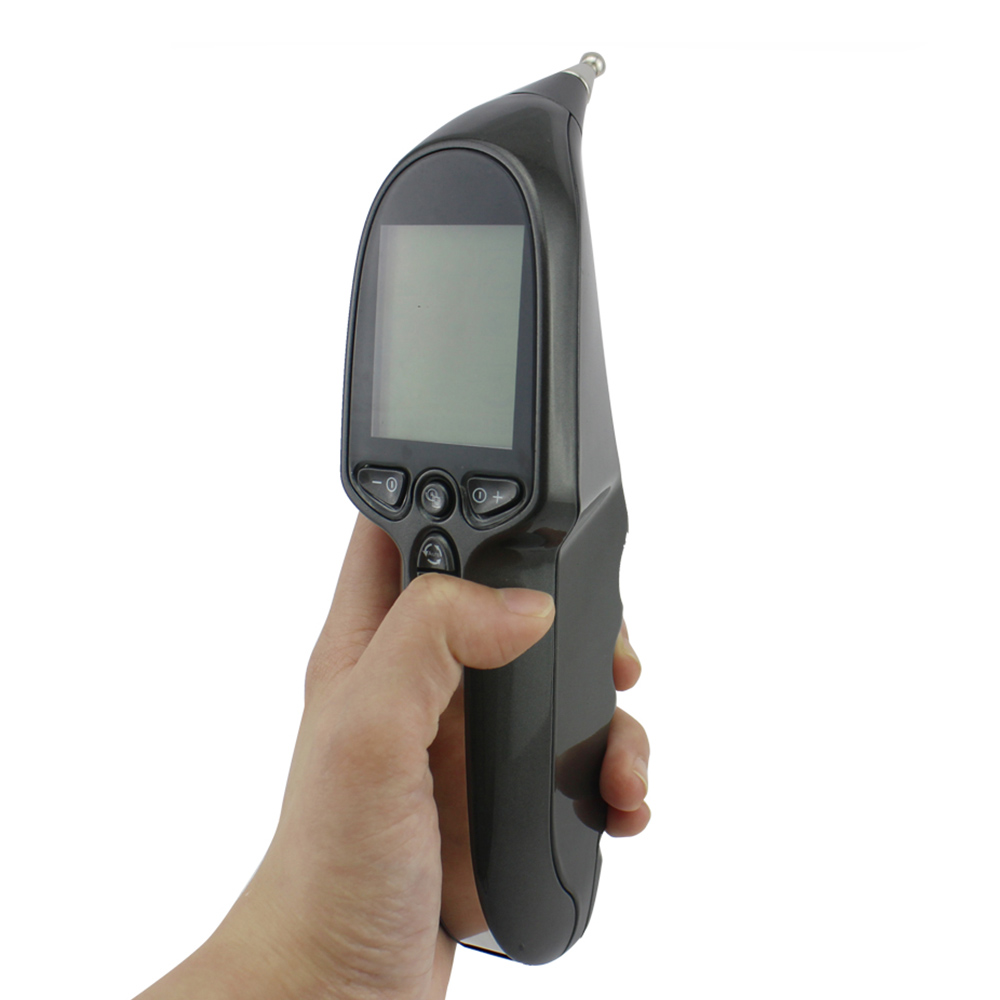Zhou Wensheng: The development characteristics of future home healthcare equipment
Two key features of future home healthcare devices are connectivity and power consumption. For many cases, the clinical records of diagnostic equipment can accurately deliver to healthcare professionals and patients the ability to self-care is equally important, such as diabetes management. For example, an ECG (electrocardiogram) waveform can be transmitted to the clinician as a printed output or signal via an electronic communication channel. Electrical safety is equally important for portable medical devices . For example, when instruments such as ECGs need to be directly connected to other devices such as computers, patients face a potential threat of electrical accidents. ADI's ADuM4160 USB isolator overcomes this challenge by keeping patients fully isolated from the computer and network while still providing a full-featured ECG and connecting to a computer. In addition, the portable device measurement front end can drive amplifiers and data converters with a small amount of power consumption. ADI's isolated power supply ADuM5000 DC-DC converter can directly provide isolated power supply, eliminating the need for battery charging or replacement. These devices also enable the design of many home healthcare devices that previously required direct electrical connection to the patient, and the ability to directly connect to a computer via USB to provide the full functionality for storing, analyzing, and delivering results. These technologies will also allow medical device designers to more easily meet the latest requirements of IEC 60601. In addition, with the development of the medical industry , many insurance industries that are originally considered to be marginal industries in the medical industry , such as those related to home Health Care systems, will increasingly participate in the construction of medical undertakings. However, this is an emerging development goal for the healthcare system and the information technology industry as it has not yet achieved widespread interoperability. Third, with the aging of the population, home monitoring applications are also a trend. In addition to the home use of blood glucose and blood pressure testing, we expect that future devices such as ECG will also enter the home. There will be more participants coming to the industry and will open up different business models. For example, cardiovascular disease is very lethal to humans, so an electrocardiogram (ECG) may become an indicator that we need to monitor every day. Moreover, some forward-looking techniques have been added to the ECG device, such as the use of an accelerometer to monitor the patient's movements to help the doctor determine the patient's ECG status under certain conditions of exercise. Sometimes, adding MEMS to an electrocardiogram (ECG) also monitors abnormal patient conditions, such as a patient's fall, so that doctors and patient guardians can detect these emergencies in a timely manner. Portable and household use of medical equipment will be a strong driving force for the future medical equipment market Unlike medical devices used in hospitals, portable medical products require a lot of performance in a small number of devices, requiring more precise processing of more complex analog and digital signals. This naturally also brings challenges such as power consumption and heat dissipation, as well as reliability, design complexity, and the like. This requires chip suppliers to continuously commit to technological innovation and progress. Medical electronics has always been an area of ​​interest for ADI. We have the world's leading analog and digital technologies, and continuous technological innovation is our goal to provide the market with cost-effective products and solutions. For example, the new AD8235, the smallest, highest performance, and lowest power instrumentation amplifier on the international market today, is designed to meet the special needs of ECG and other medical devices. For home medical devices, the size and power consumption of the product are critical to make it easier for users to use, longer battery life and lower cost. ADI has invested in new low-voltage technologies and processor technologies such as 1.8V precision amplifiers, and will form a technological capability that meets market demands and is more competitive. Dimensions (easy to carry), power consumption (longer battery life), ease of use (smart devices), network (data analysis by specialists, etc.) and cost (acceptable for end users) are home medical devices The main challenge. To help system manufacturers overcome these challenges, ADI has been helping them solve these challenges in the following areas: signal conditioning products such as amplifiers/converters/processors (including integrated solutions); power solutions; wired/wireless communication solutions Program. With our leading core technology, market-ready products and easy-to-use solutions, we have the confidence to help our customers achieve market success.
This product is developed based on the theory of Physics,Bionics,body inductive resistance dectective theory, acupuncturology, magnetotherapy resonance theory, Chinese traditional medical science and modern micro electronic technology, together with many experiences of clinical practice.
but also it has been granted with the function of heating with pads. The pads could produce temperature by the degree of 45-55, which will make the treatment more effectively to ease fatigue and cure peripheral nerve injury and paralysis.
Acupuncture Pen,Portable Acupuncture Pen,Diagnosis Acupuncture Pen,Portable Diagnosis Acupuncture Pen Shenzhen Guangyang Zhongkang Technology Co., Ltd , https://www.lighttherapymachine.com
It not only have the mode of five Chinese Medical Fuction which is Hammering, Acupuncture, Cupping, Scraping, Massage etc., and the model of integrated prescription for blood pressure reduction, neck, waist and leg;

